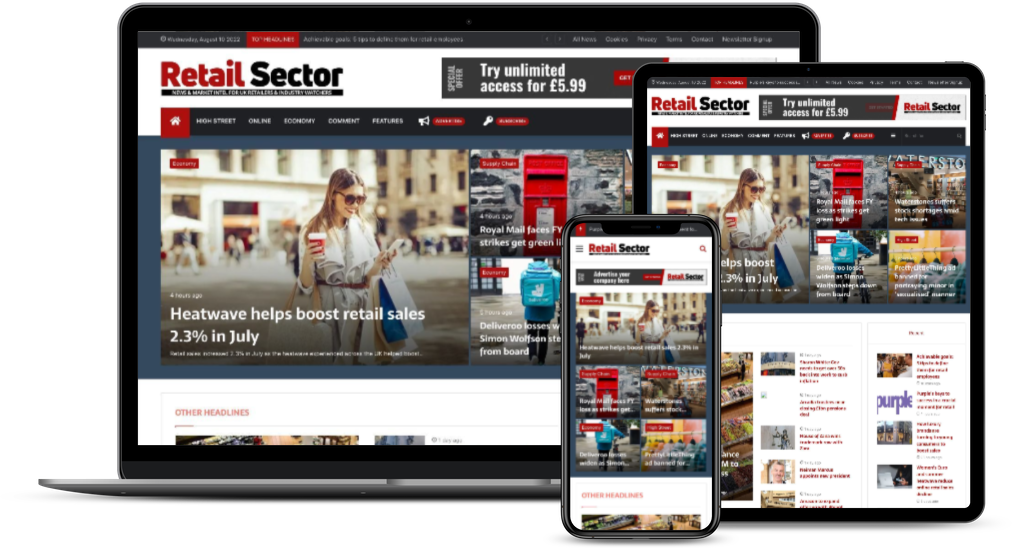How to find money in revenue leakage dashboards and improve buyer journeys

Retailers are facing a constant battle to gain and maintain loyal customers while keeping up with the relentless pace of retail and squaring off with industry giants like Amazon.




